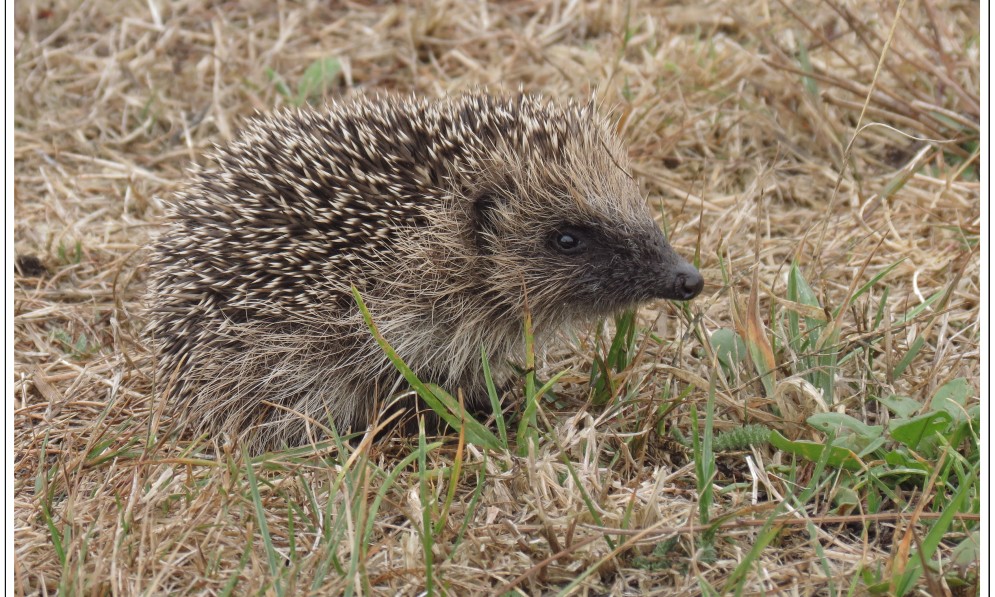Why do we find it hard to kill hedgehogs when they are busy murdering critically endangered birds, lizards, and insects all over Aotearoa? By Chelsea McGaw
Forest & Bird magazine
A version of this story was first published in the Winter 2023 issue of Forest & Bird magazine.
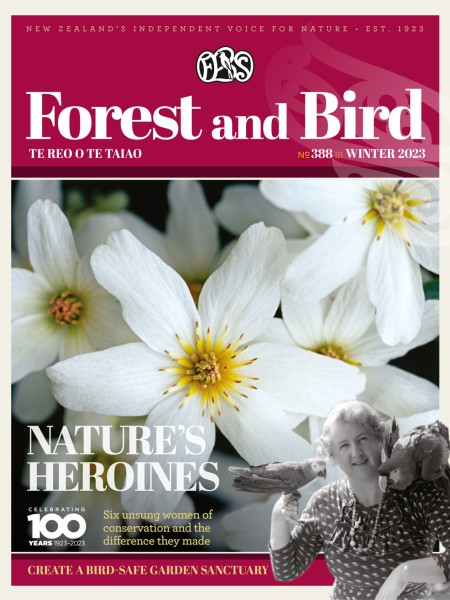
When someone mentions hedgehogs, Mrs Tiggy-Winkle may come to mind – a cute wee critter that does no harm to anyone.
“Her little black nose goes sniffle, sniffle, snuffle, and her eyes go twinkle, twinkle, and beneath her little white cap are prickles!” wrote Beatrix Potter in her much-loved 1905 children’s book The Tale of Mrs Tiggy-Winkle.
Some New Zealanders leave out food for hedgehogs and nurse them when they are injured, not realising that hedgehogs are far from benign here in Aotearoa.
In fact, they are armed with sharp teeth and a strong jaw, capable of crunching bones and making them efficient killers of a variety of insects, lizards, and ground-nesting chicks.
English colonialists initially brought hedgehogs to New Zealand to remind them of their homeland, then released them in greater numbers to control garden pests such as slugs, snails, and grass grubs.
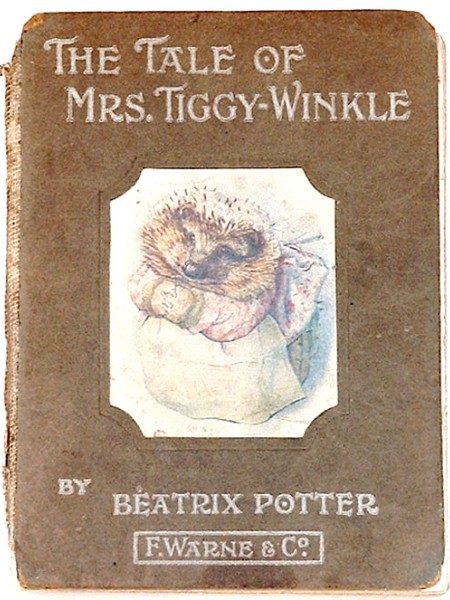
The Tale of Mrs Tiggy-Winkle first edition cover. Image Wikimedia
Much like other introduced mammalian predators, hedgehogs have no natural predators here and are considered a pest. They invade native habitats, and their populations are limited only by food source.
Being non-territorial creatures, they can occupy small areas in huge numbers, with densities highest in farmland, but they also occupy grassland, braided riverbeds, and drier forest habitat.
In the Mackenzie Basin, for example, hedgehogs were found to be responsible for one in five predator attacks on nests, according to the Department of Conservation.
One hedgehog caused an entire colony of nationally endangered black-fronted terns to abandon their nests. They have been observed eating the eggs of the banded dotterel, which is At Risk – Declining.
Hedgehogs also target species considerably larger than they are, including our critically endangered hoiho yellow-eyed penguins.
In 2022, Penguin Place, on the Otago Peninsula, caught 103 hedgehogs in their trapping network, and they weren’t even the target species!
“The damage hedgehogs are able to do, particularly during the hoiho breeding season, is pretty remarkable,” said Jason van Zanten, conservation manager at Penguin Place.
“There have been occurrences at some sites where eggs are cracked open and eaten bythese little critters.”
With breeding pairs in rapid decline, the loss of one egg or chick is devastating to what has become the world’s rarest penguin.
Tom Goodman, biodiversity ranger for Project River Recovery, says hedgehogs have been recorded eating kakī eggs. There are only about 170 adult kakī left in the world.
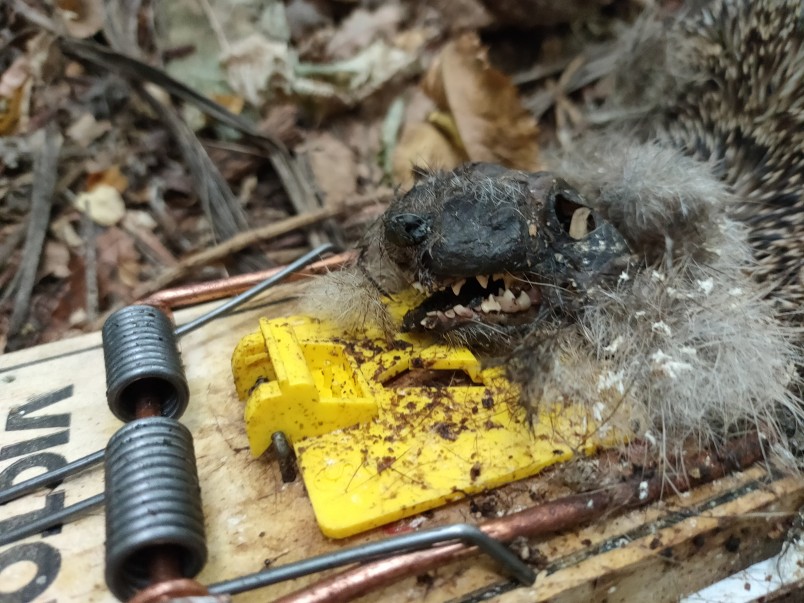
What big teeth you have. Image Beth Wishart
He believes hedgehogs are probably one of the greatest hindrances to kakī re-establishing a wild population.
Birds and eggs aren’t a hedgehog’s favourite or most consumed food. In fact, they have a voracious appetite for insects, which are their primary prey.
An astonishing 283 wētā legs were found in a single hedgehog gut by researchers in 2005, amounting to 47 individual wētā over only a 24-hour period. These prickly invaders also prey on the hara, a native centipede, and other rare insects.
Lizards are another animal on the menu, with remains found in 6% of hedgehog guts in the same 2005 study. It is believed they prey on our native frogs too.
“Hedgehogs are the lawnmowers of invertebrate life,” says Tom Goodman. “Probably the worst thing about hedgehogs is they pick a patch of real estate and spend their entire lives walking around in circles mowing bugs.”
Eastern dryland systems, such as the Mackenzie Basin and Aoraki, are very different from the rest of Aotearoa, says Nick Foster, predator ecologist for Te Manahuna Aoraki Project.
“Stoats, rats, and possums are present in these environments and have their impacts, but the primary threats to native fauna in dryland and braided river systems are hedgehogs and cats.
Tracking shows how far individual hedgehogs travel in the Mackenzie Basin.
“Hedgehogs populate areas according to food resources and climatic conditions. They can reach staggering densities, which is bad news if you’re an invertebrate, reptile, or ground-nesting bird.
“Predator Free 2050 is about outcomes for Aotearoa’s biodiversity. Outcomes for dryland biodiversity can only be delivered if hedgehogs are added to the list,” Nick added.
Amelia Geary, Forest & Bird’s Wellington regional conservation manager, knows all too well the problems “hedgedevils” pose to local wildlife.
She has a quarter-acre block on the Kāpiti Coast, where she has planted more than 100 native plant species to create a safe haven for wildlife.
“I’m trying to protect lizards in particular, so I’m trapping for mice, hedgedevils, and rats. I caught 35 the first year I started keeping records,” she said.
“Attitudes toward hedgehogs need to change. It’s time for a rebrand. I call them hedgedevils for a reason. This is not benign snuffly Mrs Tiggy-Winkles we’re dealing with. They are hardened predators with an insatiable appetite for our native biodiversity.”
Hedgehogs are quite agile and have been shown to swim more than 800m in search of food. They are also adept climbers and carry diseases that affect people, birds, pets, and farm animals.
But don’t fret, there is a solution! Hedgehogs can be successfully trapped using DOC250, 200, and 150 traps, and Forest & Bird encourages you to control for hedgehogs in your backyard, wherever you live in the country.
Forest & Bird is calling on Predator Free 2050 to include three new species to its eradication list – hedgehogs, mice, and feral cats. Do you agree? Contact editor@forestandbird.org.nz with your stories and photos.
Hibiscus Coast's hungry hedgehogs
Earlier this year, a prickly predator came across a New Zealand dotterel nest in Big Manly within Forest & Bird’s pest-free Hibiscus Coast project area. It ate the three eggs, leaving nothing but broken shells, but was later discovered in a nearby trap.
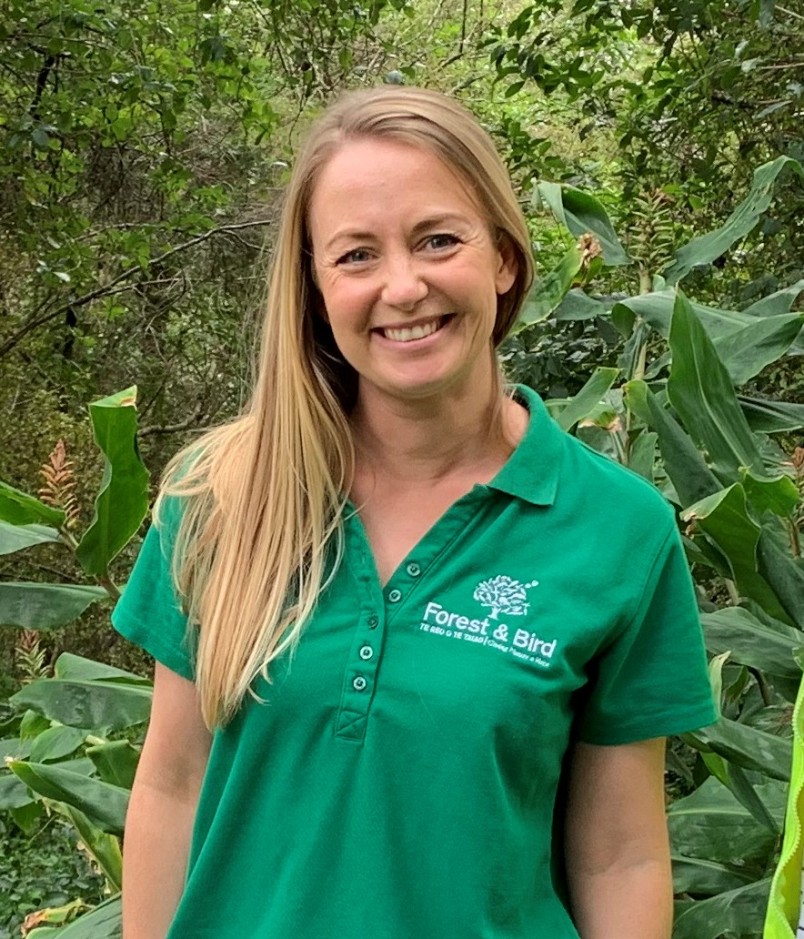
Jenny Hanwell
Project manager Jenny Hanwell, who is originally from the UK, spent the first part of her conservation career encouraging people to protect hedgehogs – in England where they belong.
“We trap a lot of hedgehogs here, and yes I’m one of those people who initially found it hard to kill them,” Jenny said.
“But it’s a very different story here in Aotearoa. I have no problem with controlling them now, as long as it is done humanely.”
Sick hedgehogs regularly pop up on local Hibiscus Coast Facebook groups, with a community divided about what to do about them.
“People have asked me several times why, if hedgehogs are pests and Auckland Council prohibits their rescue and release under its Regional Pest Management Plan, do hedgehog rescue groups exist so publicly?” added Jenny.
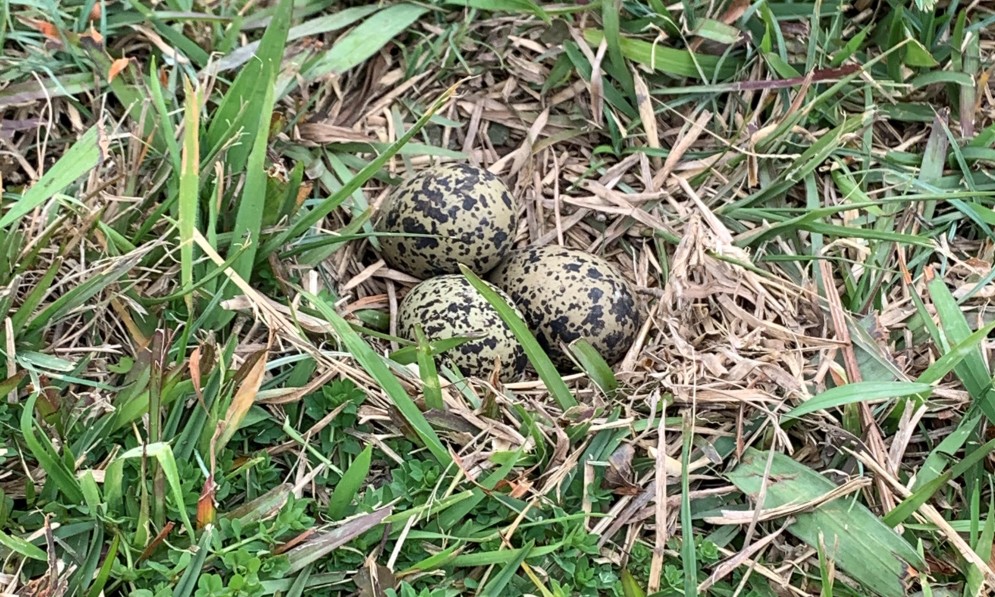
New Zealand dotterel eggs BEFORE being eaten by a hedgehog. Image Pest-free Hibiscus Coast
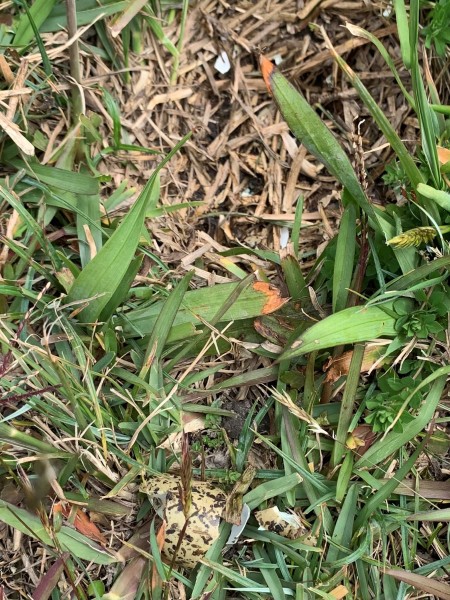
New Zealand dotterel eggs AFTER being eaten by a hedgehog. Image Pest-free Hibiscus Coast

